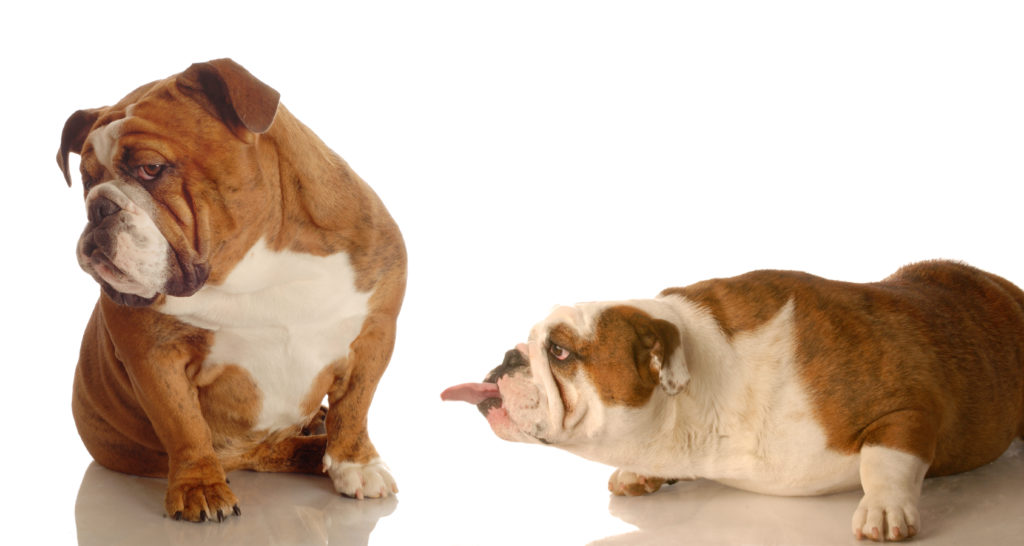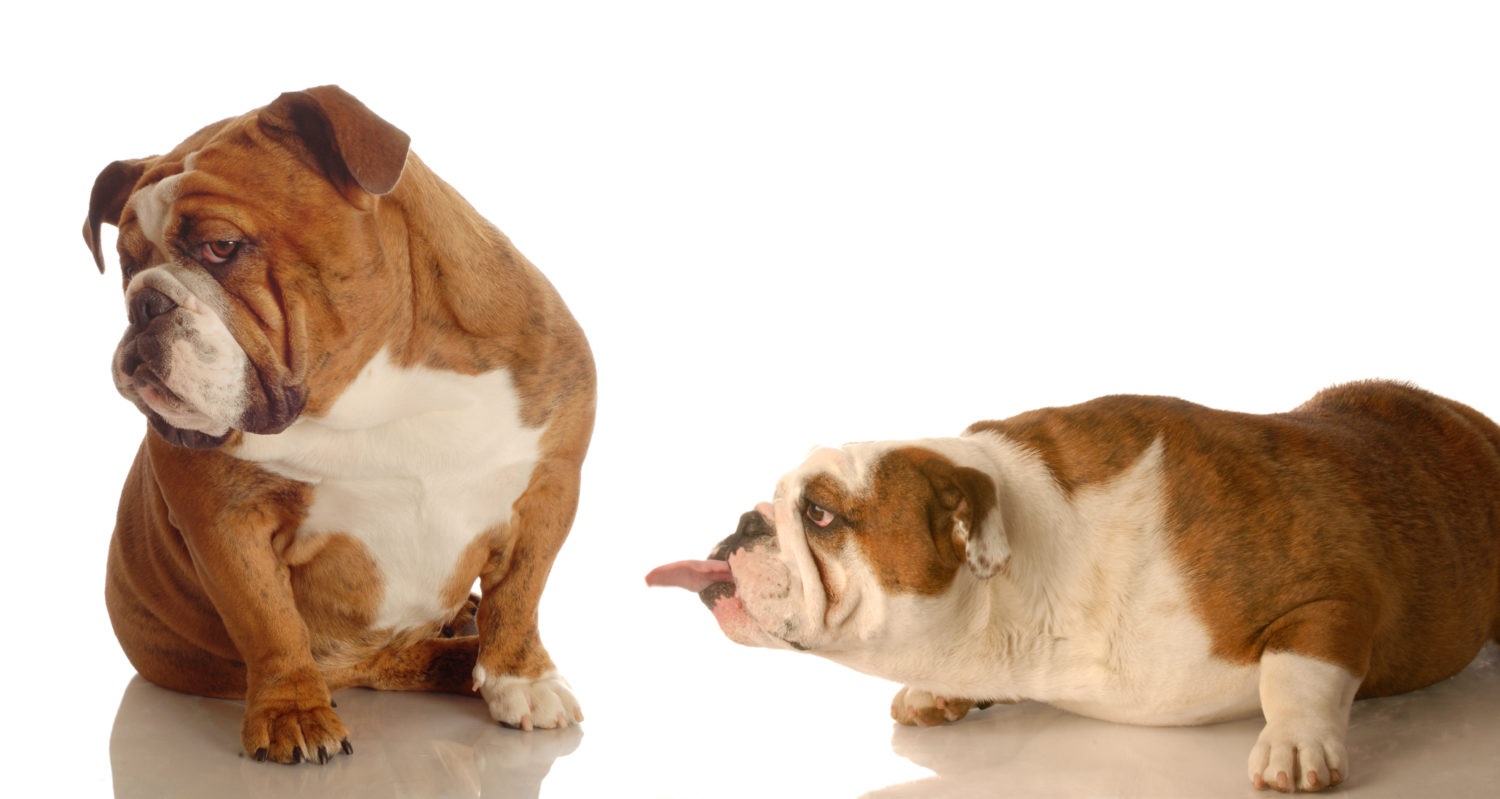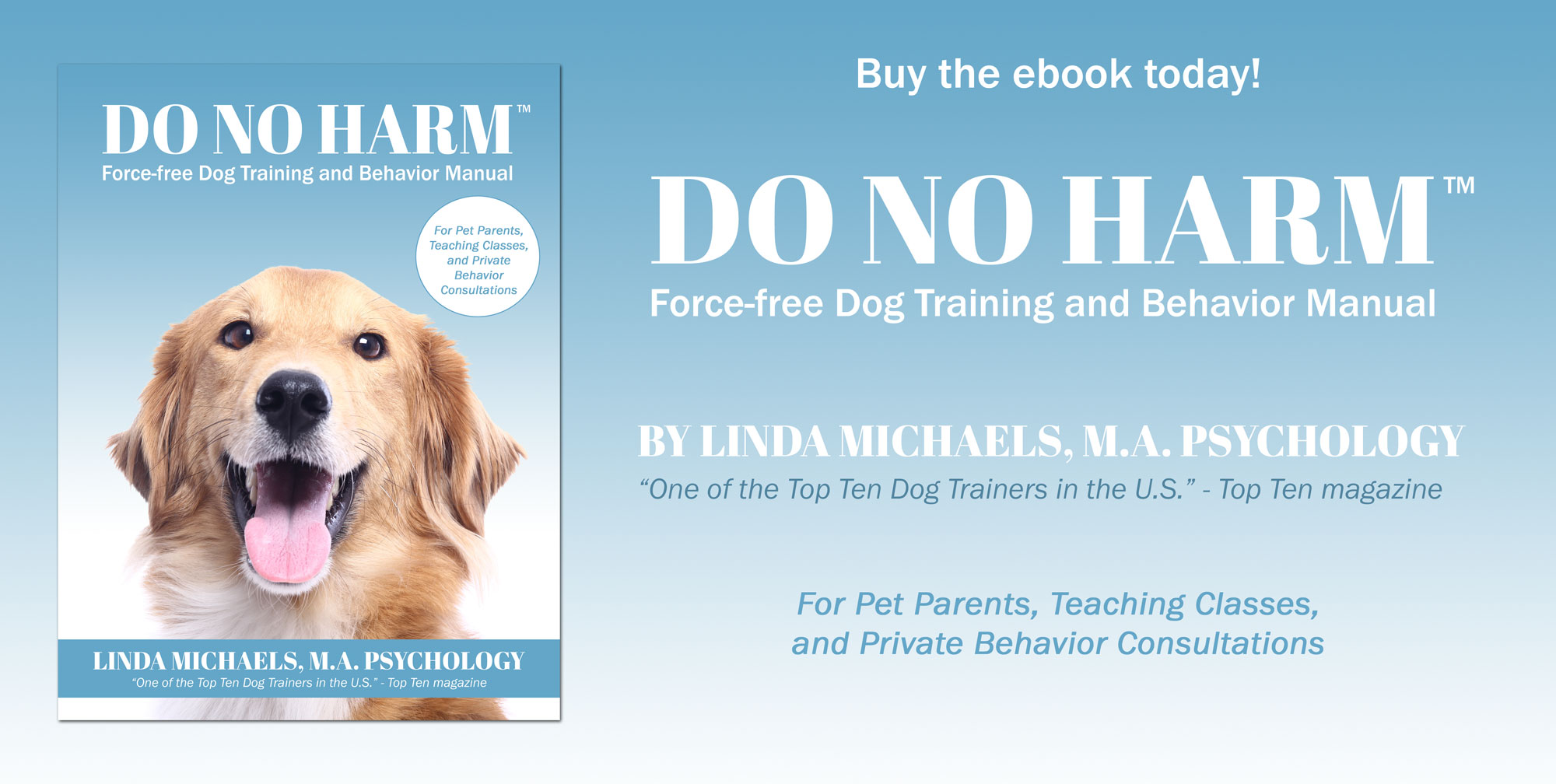 This is an excerpt from Linda’s new book, Do No Harm™ Dog Training and Behavior Manual, available to download here.
This is an excerpt from Linda’s new book, Do No Harm™ Dog Training and Behavior Manual, available to download here.
There’s nothing pet parents like more than socializing with their dogs. They often want everyone to like their dog and they want their dog to like everyone… including other dogs. Pet parents may feel it’s a reflection on them personally if their dog is not friendly to other dogs. It’s not. Before you head off to the local dog park or dog beach there are two important questions to ask yourself: “Is it safe?” and “Is my dog really having fun?”
Your dog speaks to you through body language–ear and tail carriage, stance, behavior and vocalizations. Perhaps your dog is telling you she is experiencing an overload of stress when confronted with other dogs. If so, avoid any potentially dangerous situations while you begin a science-based behavior modification program.
Displays of aggression between members of the same species are common in animals. Conflicts over resources such as food, territory, mating privileges, and access to others, are well-supported in animal behavior literature. Still, we often expect our dogs to “play-nice” with “stranger dogs” in group situations and out on neighborhood strolls. Rules of appropriate behavior in dog society are quite different than human manners. You may need to reexamine your expectations and goals for your dog. Realistically, if your dog exhibits generalized dog/dog aggression, it’s unlikely he’ll turn into a social butterfly.
Genetics, early socialization or the lack of exposure during the critical period of social development, and traumatic experiences, shape how your dog interacts with other dogs. Use the force-free methods outlined in the Hierarchy of Dog Needs Wellness and Behavior Modification Guide to help prevent problems as well as to address already existing behavior problems.
Dog/dog aggression can be a dangerous problem for you, your dog, other dogs, and anyone who tries to break up a dog fight. If your dog has an aggression issue of any kind, be sure you’ve had a recent wellness check from your veterinarian to rule out any underlying organic or medical causes that may be affecting behavior or causing pain.
Stay tuned for Part 2…or get the Do No Harm Dog Training Manual for trainers and pet parents.
The Do No Harm Dog Training® Manual was designed as my own personal guide for teaching basic manners classes, and evolved into a reference manual for my private behavior consultations. Created as a practical guide for either or both training formats, it is also helpful for pet parents who want an inside look at dog training and behavior, as well as for those who seek force-free solutions for specific problems. Written with love for the “heartbeats at our feet”. You can purchase and download the PDF ebook dog training manual here.
Related Articles
Enrich Your Dog’s Life to Thrive: Excerpt from the Training Manual
How to Find a Dog That Fits your Lifestyle Part 1
How to Find a Dog That Fits your Lifestyle Part 2
Disclosure: We are a participant in the Amazon Services LLC Associates Program, an affiliate advertising program designed to provide a means for us to earn fees by linking to Amazon.com and affiliated sites.

